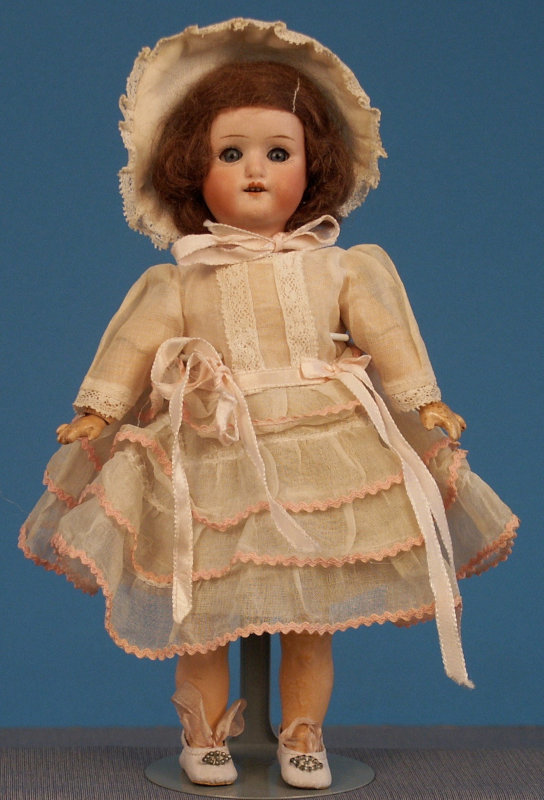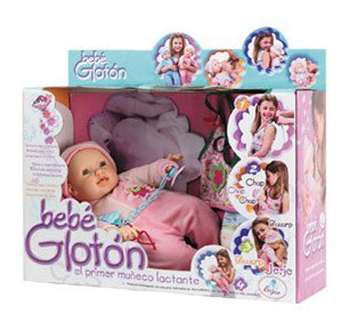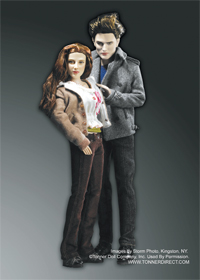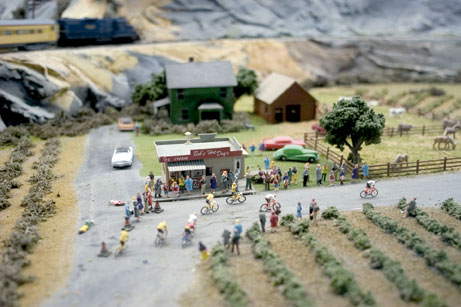By Jan Foulke
Q: I haven’t been able to find the maker of this little doll. The bisque head is marked with a crown and the entwined initials WG with “Germany” and “120.” It is just 9.5 inches tall. Can you help?

Have a website login already? Log in and start reading now.
Never created a website login before? Find your Customer Number (it’s on your mailing label) and register here.
JOIN HERE
Still have questions? Contact us here.






